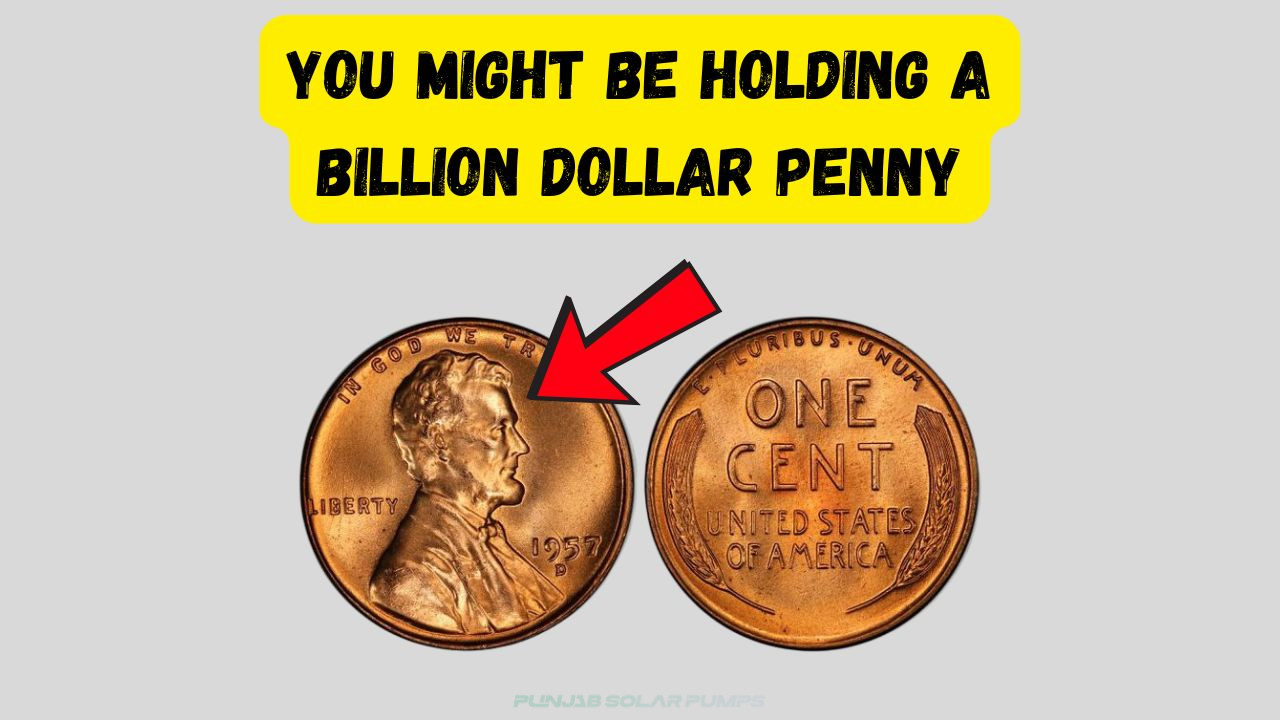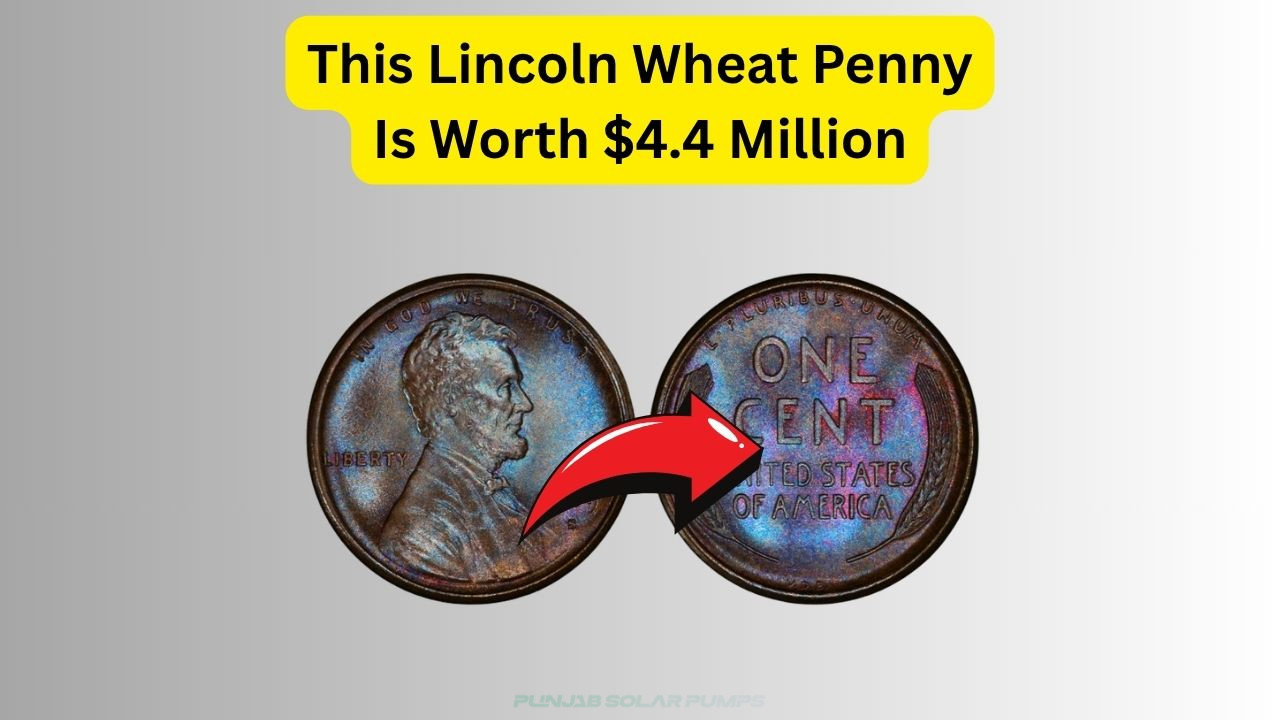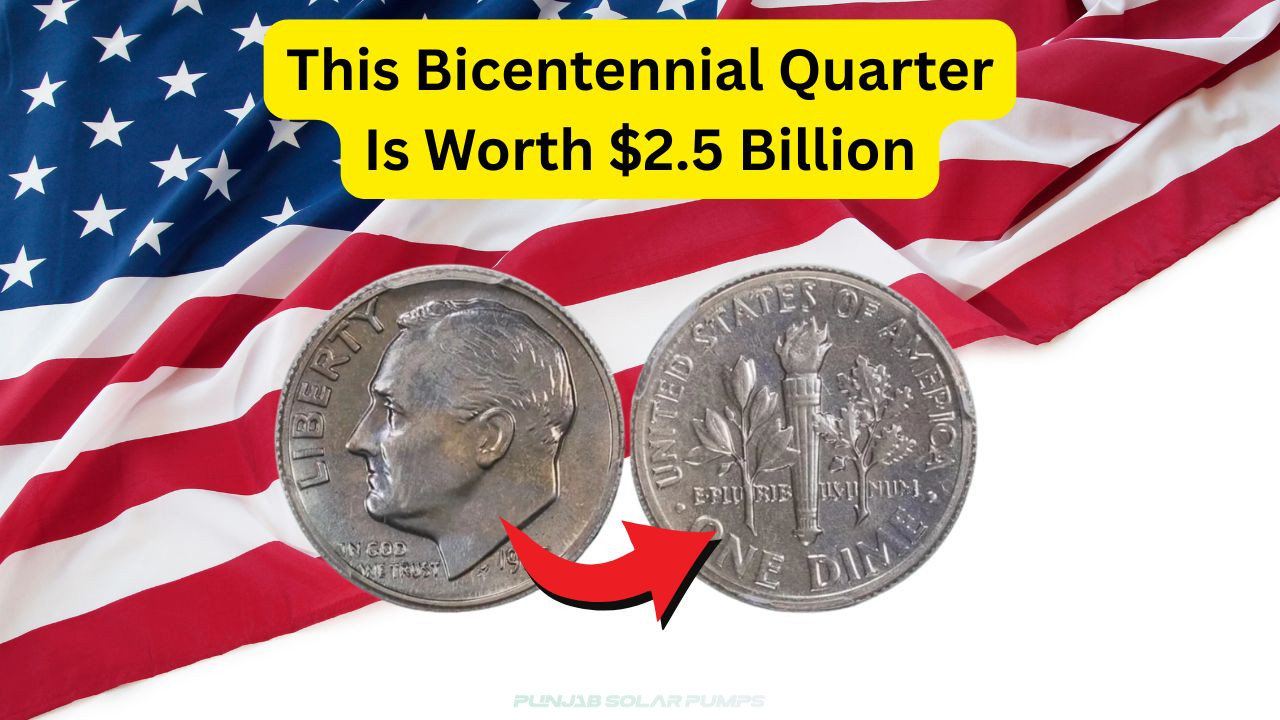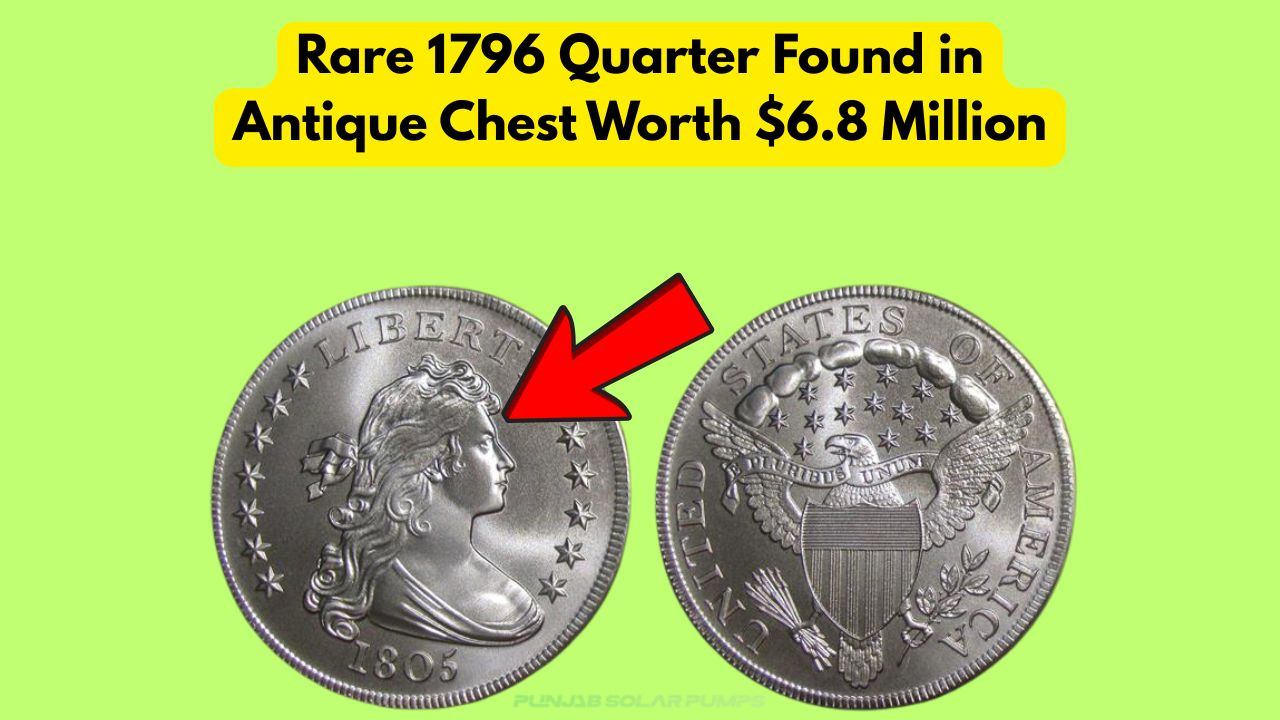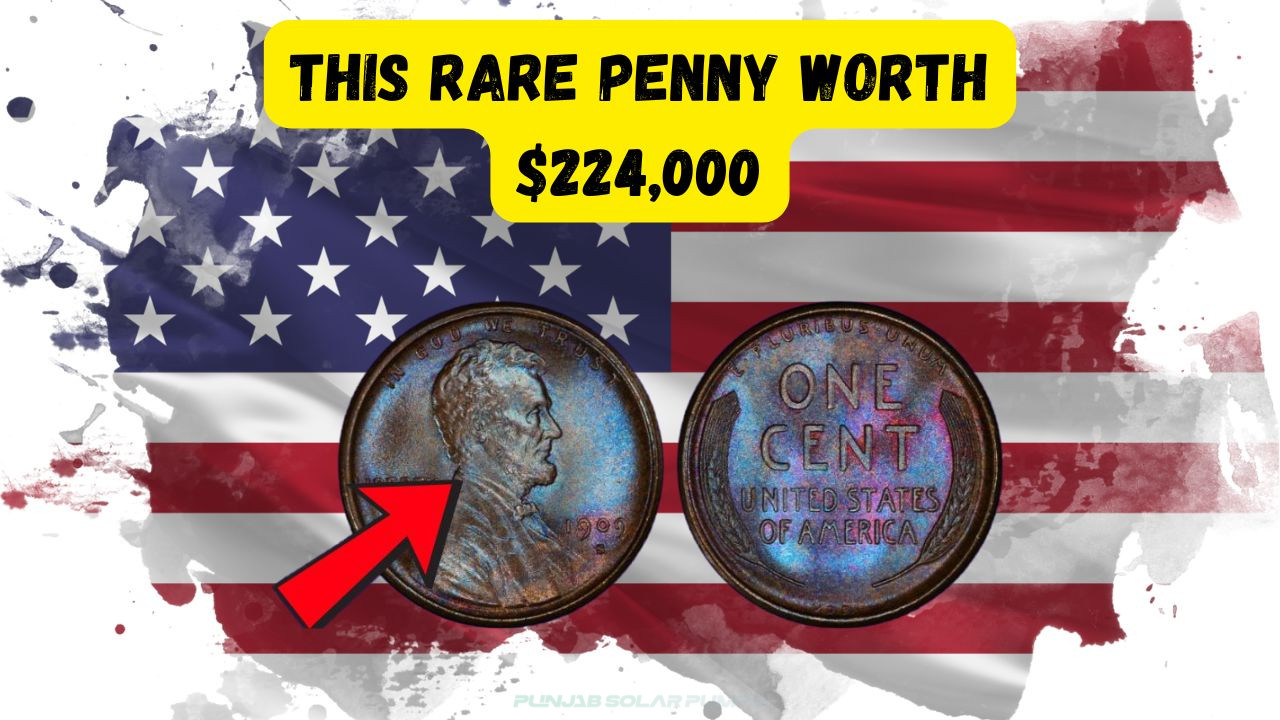Lincoln Wheat Penny Treasure: Imagine reaching into your pocket and pulling out a seemingly ordinary Lincoln Wheat Penny, only to discover it might be part of a $1 billion treasure trove. This tiny piece of history, often overlooked in daily transactions, could potentially transform your financial reality if it turns out to be one of the rare variants that coin collectors eagerly seek.
Understanding the Lincoln Wheat Penny Phenomenon
The Lincoln Wheat Penny, minted from 1909 to 1958, captures the imagination of collectors and casual numismatists alike. Its design, featuring the profile of President Abraham Lincoln on one side and two wheat stalks on the other, has become iconic. Over the years, certain pennies have become particularly valuable due to minting errors, rare dates, or limited productions. As a result, these coins have a significant numismatic value, far exceeding their face value of one cent.
- 1909 S VDB: This penny is one of the most sought after, with fewer than 500,000 minted.
- 1943 Copper: During World War II, pennies were made from steel, but a few copper ones were accidentally minted.
- 1955 Double Die: Known for its distinctive double date, this error attracts significant interest from collectors.
The Most Valuable Lincoln Wheat Pennies
While Lincoln Wheat Pennies are generally affordable, a select few have fetched impressive sums at auctions. The 1943 copper penny, for instance, has been sold for over $100,000 due to its rarity and historical significance. Similarly, the 1909 S VDB penny is another key coin that collectors are willing to pay thousands for, depending on its condition and provenance. These coins are not just pieces of currency; they are artifacts that narrate their own stories of minting mistakes and historical events.
| Year | Mint Mark | Type | Estimated Value | Number Minted | Composition | Unique Feature | Desirability |
|---|---|---|---|---|---|---|---|
| 1909 | S | VDB | $1,000 – $3,500 | 484,000 | Copper | Initials of the designer | High |
| 1943 | Copper | $100,000+ | 15 – 20 estimated | Copper | Mint error | Very High | |
| 1955 | Double Die | $1,200 – $3,000 | Unknown | Copper | Double date impression | High |
Identifying Rare Pennies in Your Collection
Determining whether your Lincoln Wheat Penny is part of the $1 billion treasure involves a keen eye and a bit of research. The first step is to examine the date and mint mark, as these are primary indicators of rarity. Tools like magnifying glasses can help in spotting subtle details such as minting errors or unique features. Additionally, cross-referencing your findings with reputable numismatic guides or consulting with professional coin appraisers can confirm a penny’s authenticity and value.
- Check the date and mint mark for known rare years.
- Look for unusual markings or errors.
- Consult a professional numismatist for validation.
Navigating the Coin Collector’s Market
Once you suspect that you have a valuable Lincoln Wheat Penny, the next step is navigating the collector’s market. Auctions, both online and in-person, offer platforms where these rare coins can be sold for a premium. Understanding market trends, such as the demand for specific coins and the conditions that collectors prioritize, can significantly impact the price you might receive. Establishing connections within the numismatic community can also provide insights and opportunities for selling or trading your coins at maximum value.
| Platform | Pros |
|---|---|
| Online Auctions | Wide reach and competitive bidding |
| Coin Shows | Direct interaction with buyers and experts |
| Numismatic Dealers | Professional assessment and immediate sales |
Preserving Your Lincoln Wheat Pennies
Preserving the condition of your Lincoln Wheat Pennies is crucial in maintaining their value. Factors such as temperature, humidity, and handling can affect a coin’s condition. Proper storage involves using materials that do not damage the coin, such as acid-free holders or albums. It’s also advisable to avoid cleaning the coins, as this can reduce their numismatic value. A well-preserved penny can fetch significantly higher prices than one that has been improperly handled.
- Use protective holders or albums to store coins.
- Keep coins away from direct sunlight and moisture.
- Avoid cleaning coins to preserve their original condition.
The Historical Significance of Lincoln Wheat Pennies
The Lincoln Wheat Penny is not just a collectible but a piece of American history. Introduced to commemorate the centennial of Abraham Lincoln’s birth, it was the first U.S. coin to feature a president’s likeness. The penny’s design has symbolized durability and continuity in American currency. Collectors appreciate these coins for their historical context, often seeing them as tangible links to the past, representing significant moments and changes in U.S. history.
| Year | Historical Event |
|---|---|
| 1909 | Introduction of the Lincoln Penny |
| 1943 | WWII and steel penny production |
Investing in Lincoln Wheat Pennies
For many collectors, investing in Lincoln Wheat Pennies is more than a hobby; it’s a strategic financial decision. The value of these coins has consistently appreciated over the years, making them a reliable investment. Factors such as rarity, condition, and historical significance influence their market value. By acquiring a diverse range of coins and staying informed about market trends, collectors can maximize their investment potential and enjoy the rewards of their efforts over time.
- Focus on coins with known rarity and error variations.
- Stay updated with market trends and pricing.
- Consider professional grading for high-value coins.
The Global Appeal of Rare Pennies
While the Lincoln Wheat Penny is a distinctly American coin, its appeal transcends borders. International collectors are often drawn to its historical significance and the stories each coin tells. The global numismatic community values these coins not just for their monetary worth but for their cultural and historical narratives. This international interest adds another layer to the allure of collecting these pennies, making them a valuable asset in any coin collection.
- International collectors appreciate the historical context.
- Global auctions can offer higher bids.
- Cross-border trade enhances coin value perception.
FAQs About Lincoln Wheat Pennies
What makes a Lincoln Wheat Penny valuable?
Lincoln Wheat Pennies are valuable due to their rarity, minting errors, and historical significance. Specific dates and mint marks, such as the 1909 S VDB and 1943 copper penny, are particularly desirable.
How can I tell if my penny is rare?
Check the date and mint mark of your penny and compare it with well-documented rare variants. Consulting a numismatic expert can provide definitive answers.
Are cleaned coins less valuable?
Yes, cleaning coins can significantly reduce their value, as it can damage their surface and erase original details that collectors value.
Where is the best place to sell rare pennies?
Rare pennies can be sold at coin shows, online auctions, or through numismatic dealers who specialize in rare coins. Each platform offers different advantages depending on your selling strategy.
Is investing in Lincoln Wheat Pennies a good financial decision?
Investing in Lincoln Wheat Pennies can be profitable due to their historical significance and steady value appreciation over time, especially if you focus on rare and error coins.
